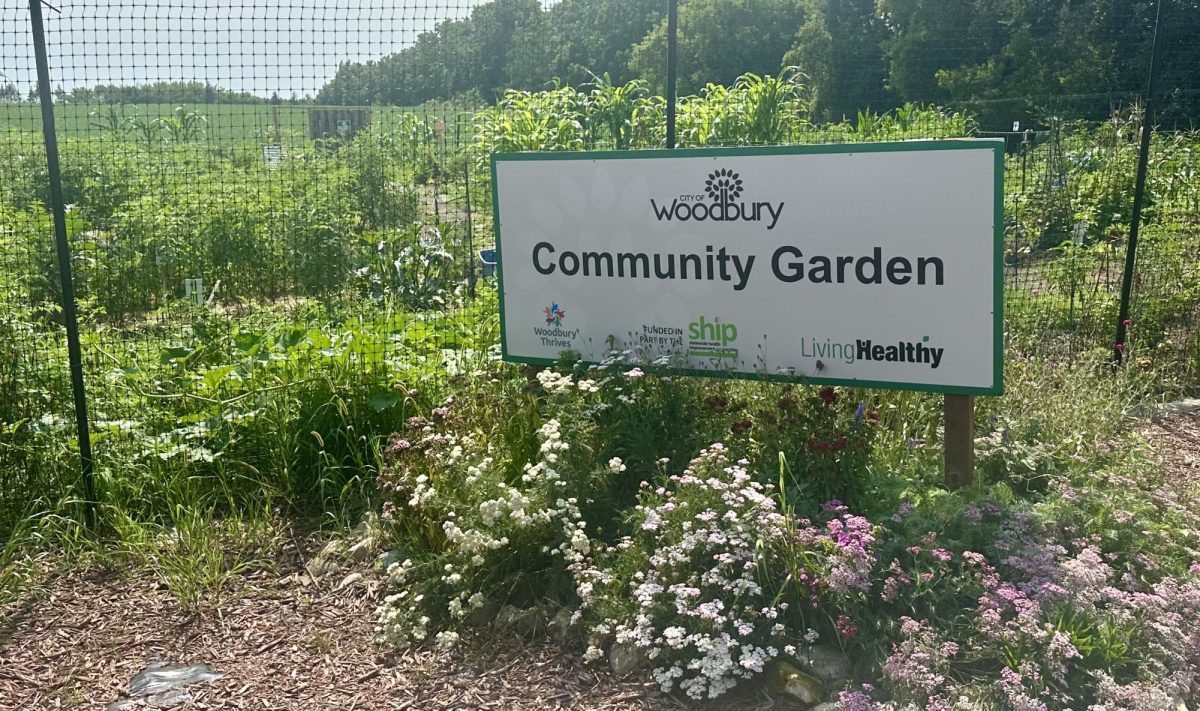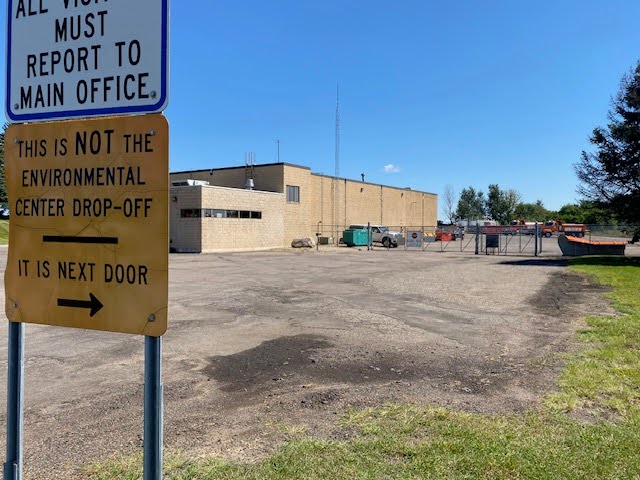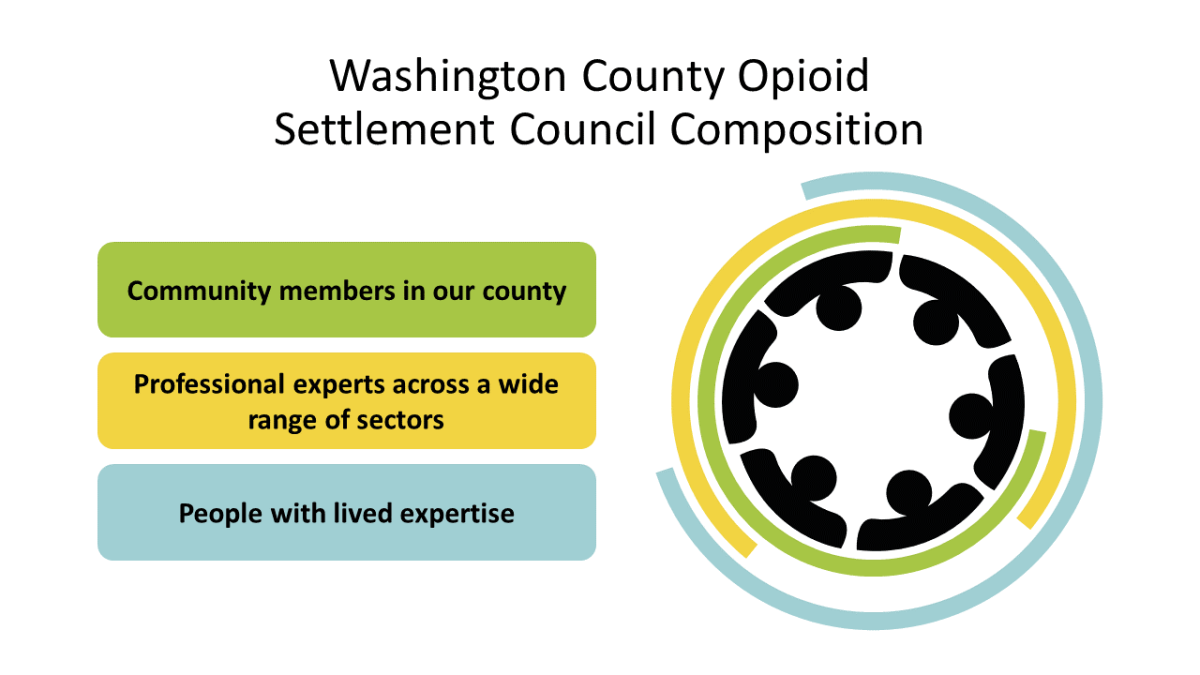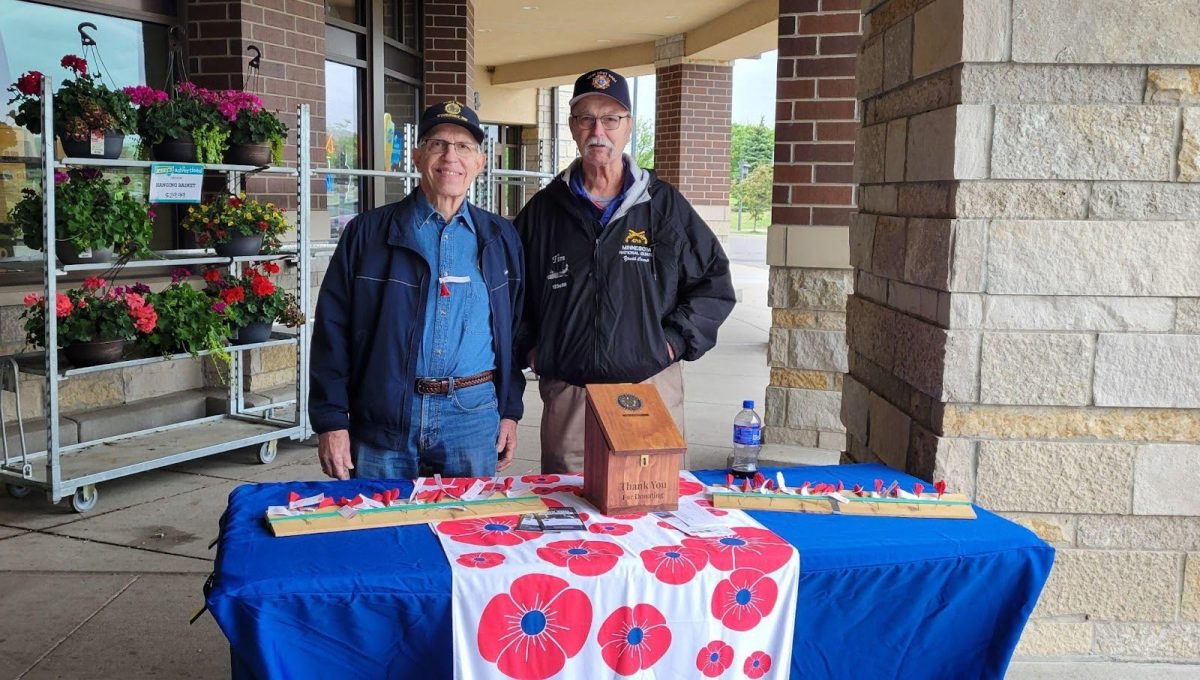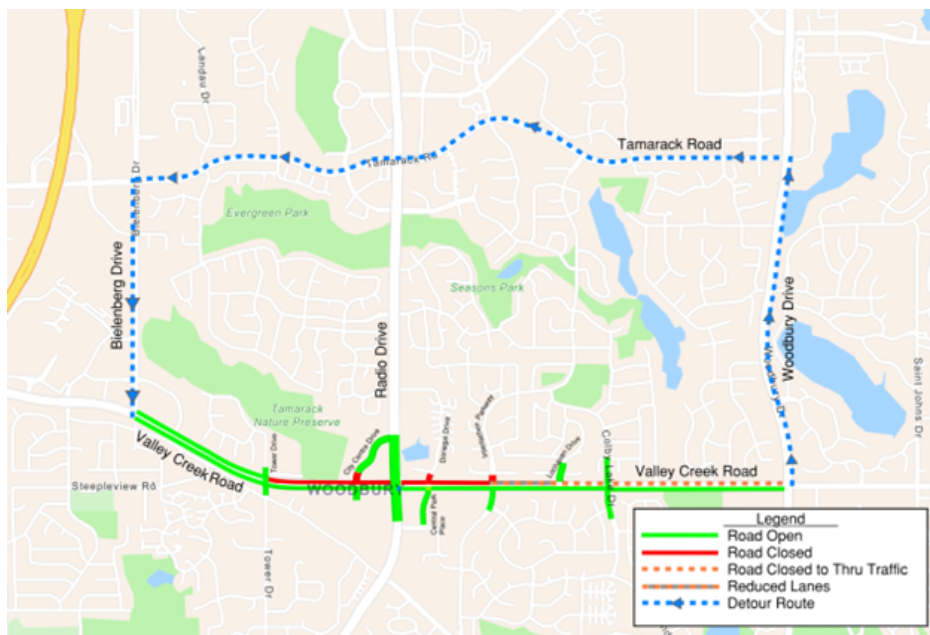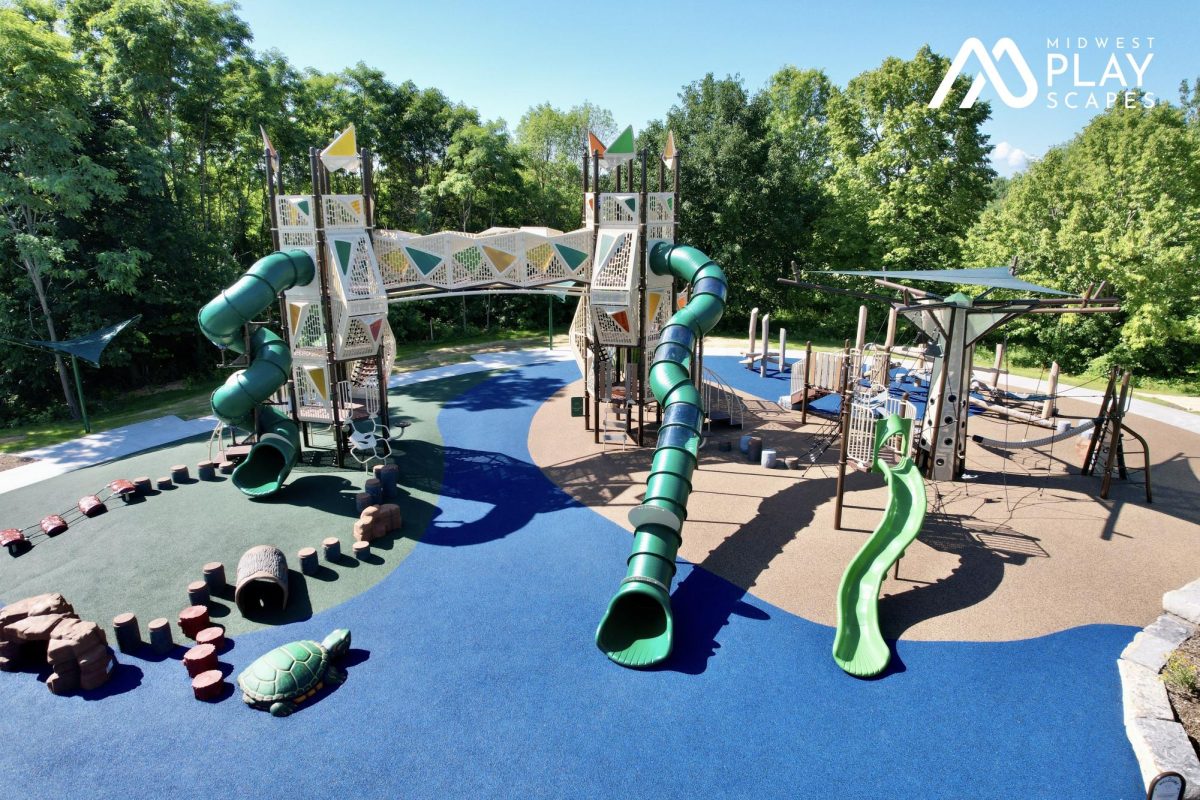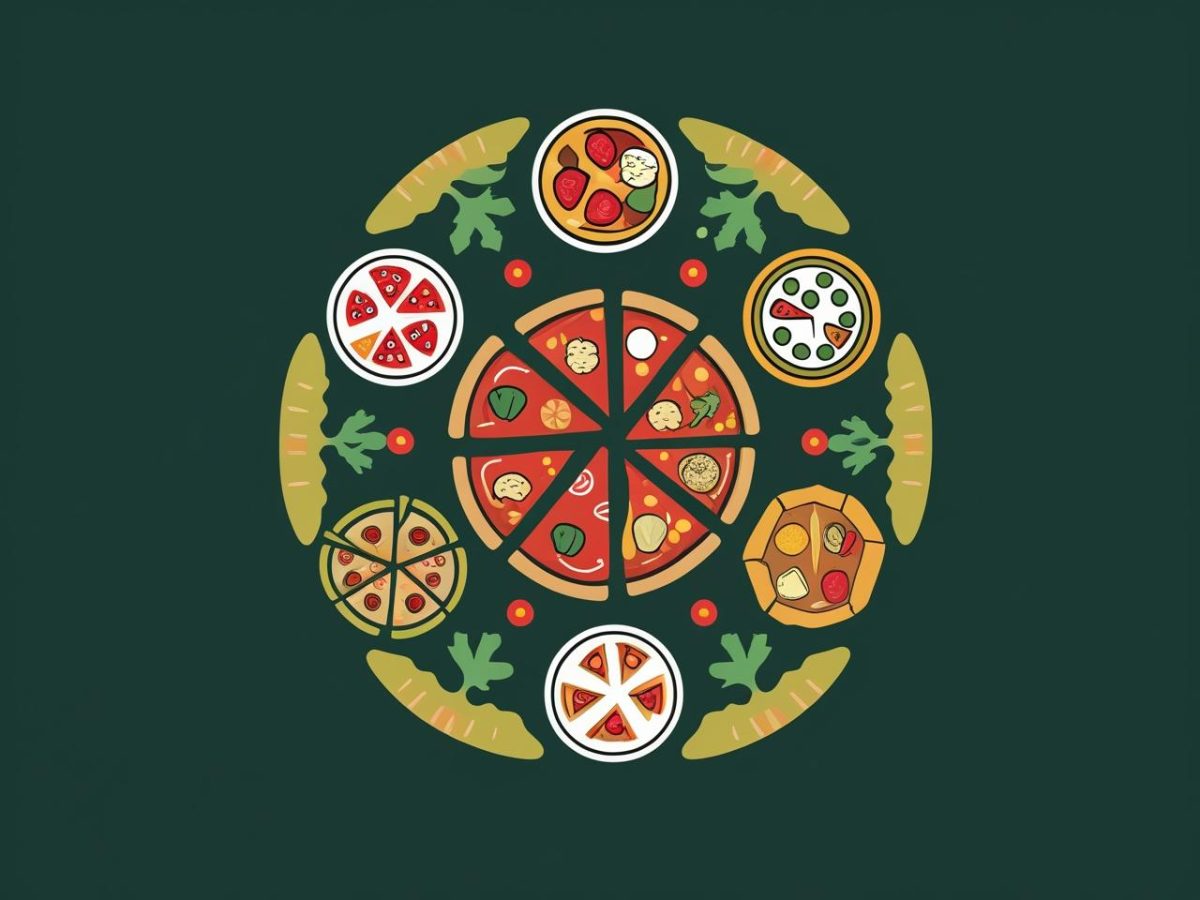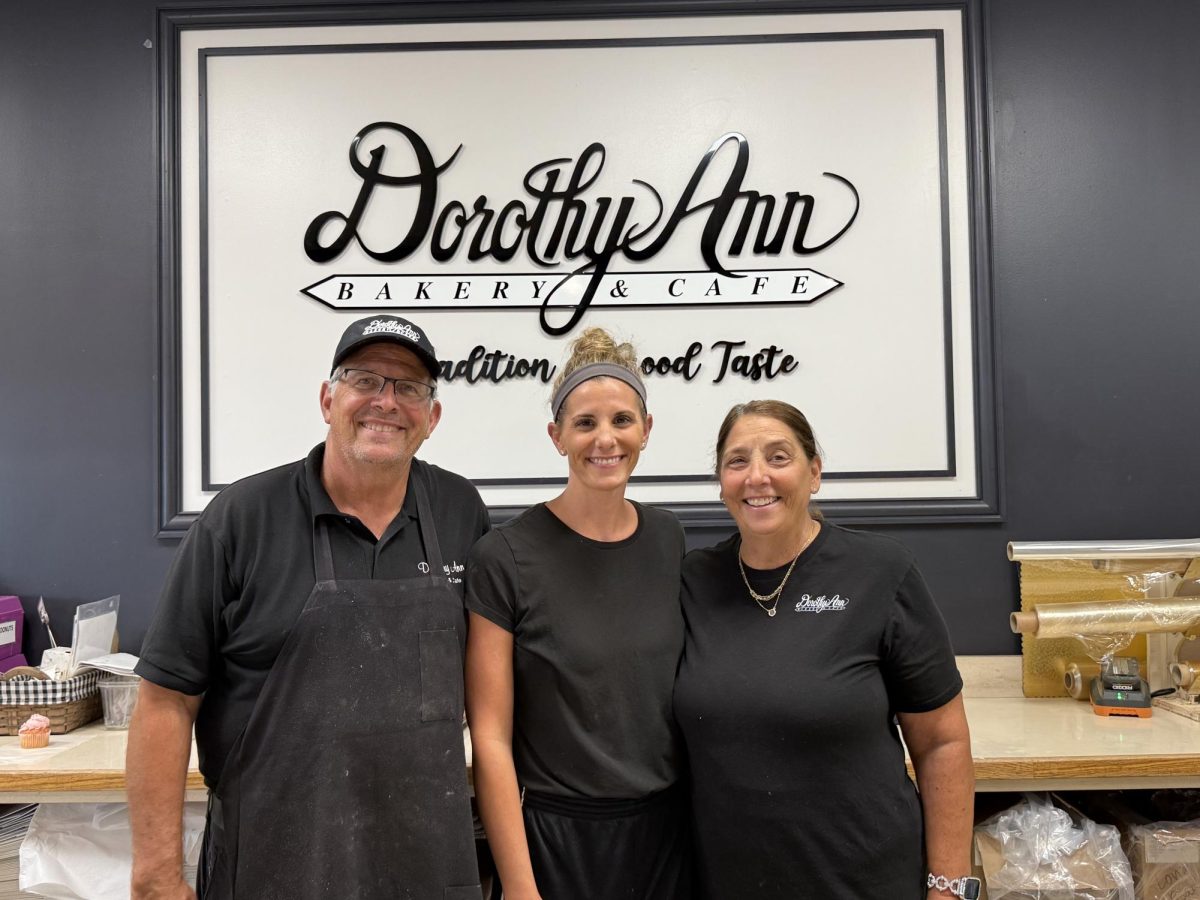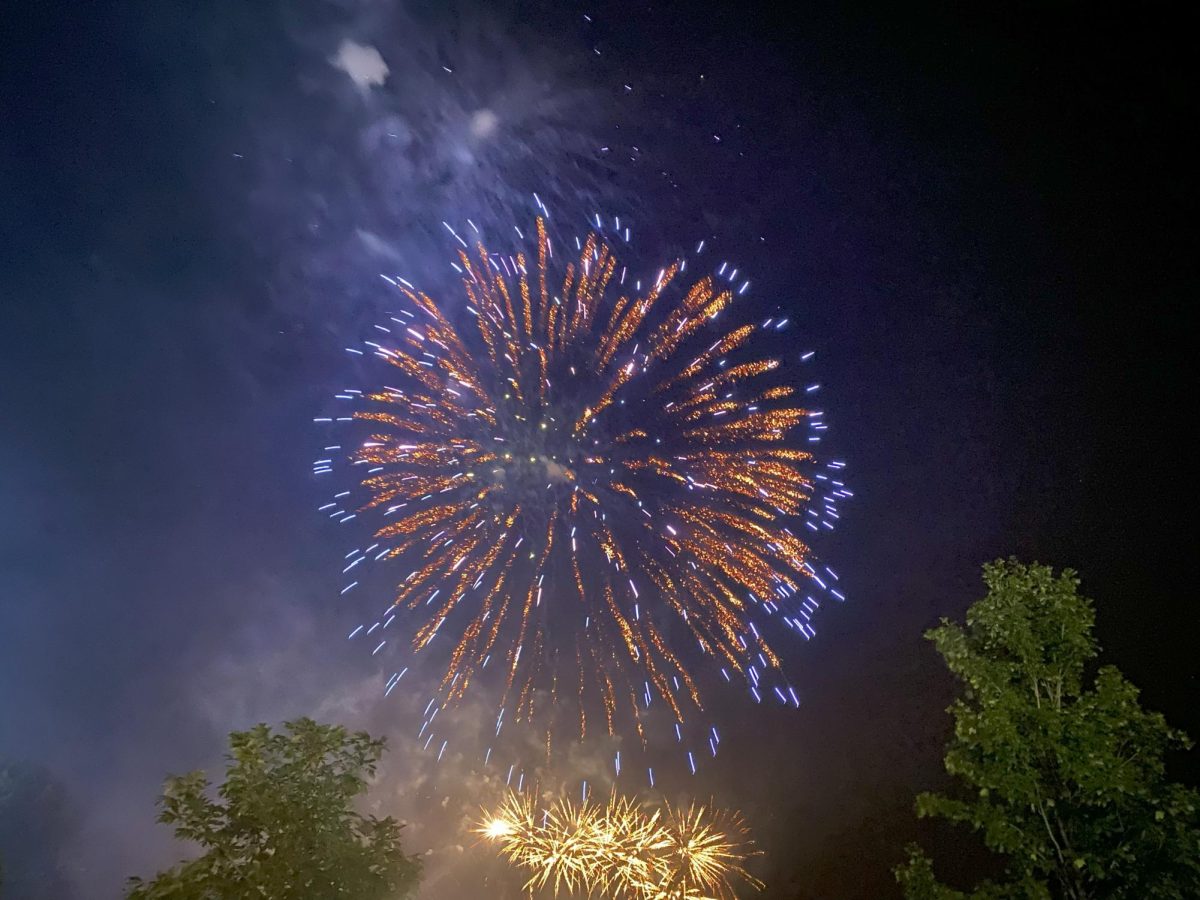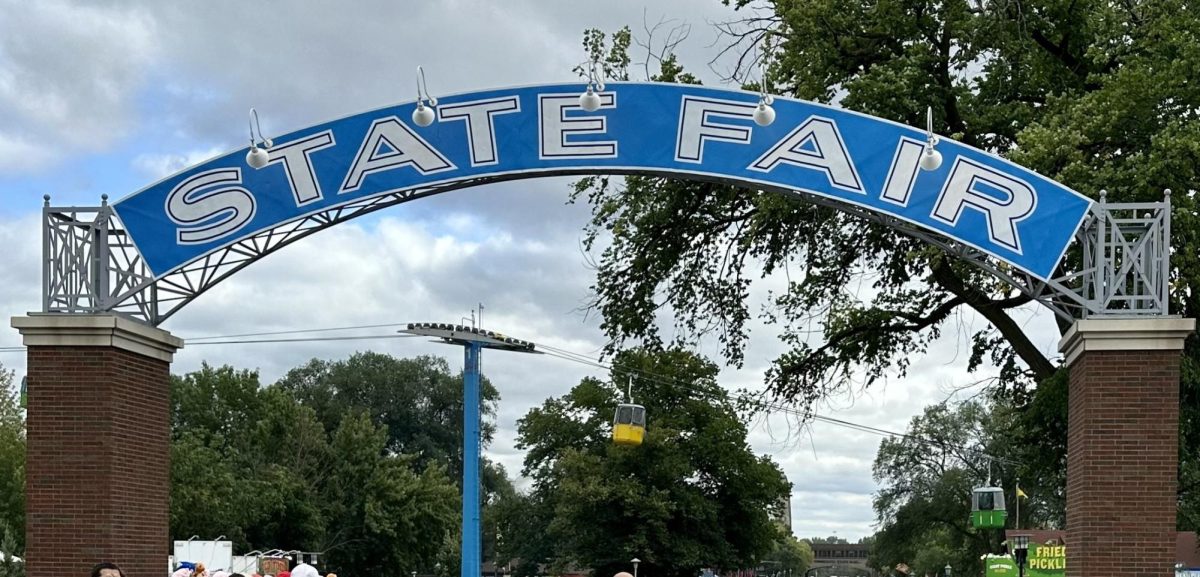WOODBURY, MN (WNN) – Gardening is a challenging, but rewarding, pursuit. Plants are fickle, their lives fragile. One missed day of watering, a threat of frost, too much sunlight, not enough weeding – endless ways to lose weeks of effort.
So why do we garden? To learn a new skill? To grow produce to feed ourselves and loved ones? Maybe to quiet our minds and souls? Or maybe we just like playing in the dirt.
The answer, like most things in life, is personal.
At Woodbury’s Community Garden, located at Andy’s Dog Park off Dale Road, residents find that answer for themselves.
“Since the garden launched, we have seen demand for the garden far outstrip supply,” Simi Patnaik, a member of the Woodbury Thrives leadership team, said.
In 2022, Woodbury Thrives, a non-profit organization, in partnership with the City of Woodbury, provided community garden plots on city-owned land. Thanks to an initial grant from Washington County, 16 plots measuring 9 x 14 ft. were offered.
In 2023, the number of plots for gardeners grew to 48.
In 2024, plots grew again as did produce donations from the garden to Open Cupboard, our local non-profit food shelf, “We donated 130 pounds of food to the food shelf, and we hope to increase it every year,” Patnaik said.
Adding Accessible Beds
This year, thanks to a Minnesota Department of Agriculture grant and another one from AARP Minnesota the garden has become more accessible and grown to 96 plots – all are spoken for. Thirty-five raised beds for those with mobility issues were added, and Eagle Scout hopeful Audrey Siefken constructed 12 ADA-compliant wheelchair beds, raised high enough to allow for a wheelchair to slide underneath.
The Community Garden opened for the season in mid-May. Woodbury city council member Donna Stafford said the garden returns the city to its roots figuratively and literally. “Woodbury was founded by the farmers who planted their roots, and seeds, to provide food for their families and neighbors.”
She added: “It’s wonderful to see so many people and families working the soil like our founding families did.”
Valued Volunteers
Community practices and values didn’t just pop out of thin air—they’ve been shaped by a lot of caring agencies and folks like Roger Green.
Green was one of the volunteers who helped found Woodbury Thrives, the non-profit dedicated to inspiring health and wellness..
He’s grateful for the volunteers who make the garden possible, especially “the two gentle giants,” Ed Myatt, Washington County Extension master gardener, and Bruce Montgomery, a soil scientist and member of the city’s Parks & Natural Resources Commission.
Their labor includes working on irrigation, finding ways to keep out pests, building fences, sending soil samples to the University of Minnesota annually for analysis, pouring bags of cement, hauling dirt, and connecting with the gardeners, to make sure they’re growing too.
“Creating new gardens gives a true sense of community, and it is the most fulfilling project I’ve done,” Myatt said. “The ADA-compliant wheelchair accessible and senior raised beds are the only combination in the state of Minnesota. We’ve even been getting requests for design and collaboration.”
Sandy Peterson, the garden project manager, said Montgomery’s work included helping assemble the raised beds and supervising filling the senior and ADA beds with soil. “It was quite a process. The Stillwater Institution Community Work Crew would lift a raised bed that weighs about 1,000 pounds and move it into place, a city bobcat would dump seven loads of soil into the raised bed, then all of us would tamp it down and add fertilizer.”
More To Come?
Reed Smidt, Woodbury’s recreation operations manager, said as part of its environmental stewardship initiative the city hopes to add more community gardens.
“The city recognizes the positive impact the Community Garden has and the benefits it provides residents beyond the garden harvest including social connectedness, health, wellness, building community, and much more,” Smidt said.
Buzzworthy
It’s no secret that gardens also provide oxygen buffers and watershed stabilization. “It is important for the diversity of insects to have a good ecological system in the city,” according to Dave Gries, local bee educator.
This year, the Community Garden includes three hives, each with 10,000 Saskatraz Bees. The Canadian hybrid breed was selected because of its honey production, winter hardiness, disease resistance, and gentle temperament.
“The hope is to increase the population of bees to 20,000 or 30,000 per hive – a manageable number,” Gries said. “Beehives contribute to plant happiness by facilitating pollination, a process crucial for plant reproduction. Bees, as pollinators, transfer pollen from one plant to another, enabling fertilization and the production of seeds and fruits.”
Understanding what a community garden is, and how it works, is one thing. But it’s the diverse cast of gardeners—a host of personalities ranging from Japanese grandmas to immigrants from Kenya and different parts of the country to enthusiastic kids—that makes a community garden such a unique place.
“Every garden and gardener counts and it’s great to see the generations happily at work,” Myatt said.
Many Plots, Many Motivations
Mirroring that diversity, the reasons Woodbury residents gardens are just as varied. For some, it’s as simple as having another mouth to feed. For others, it’s to find community. Some just love to garden.
Because of the diversity every plot in the community garden has its own distinct personality. Steve Schutz said he likes to try unconventional techniques on his plot. Last year he implemented a well-manicured plot, and a self-watering system. This year he is trying mini raised beds to reduce invasive weeds and moles/voles.
“One thing we hear constantly from our gardeners is that they love the connections they make with people they may never have met otherwise,” Patnaik said. “It is a lovely way to foster connection and community.”
Margaret Wachholz has been part of Woodbury Thrives since 2016 and was chair of the Mental Wellbeing Initiative in Woodbury until 2021.

